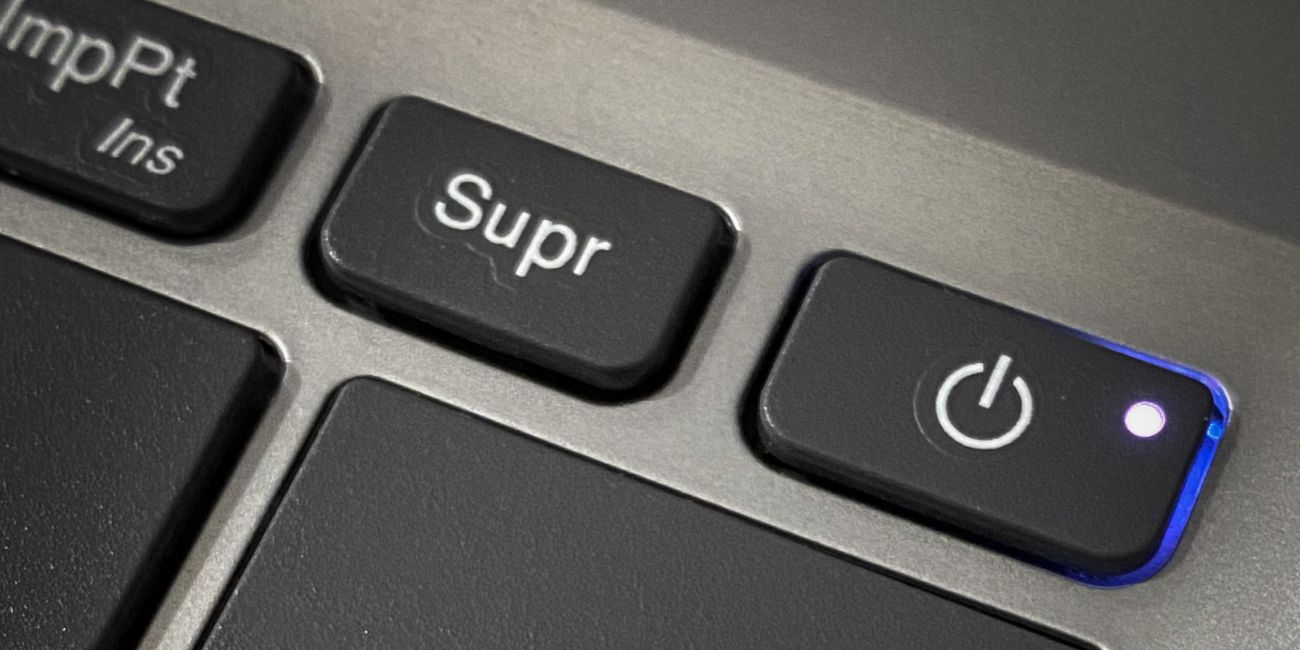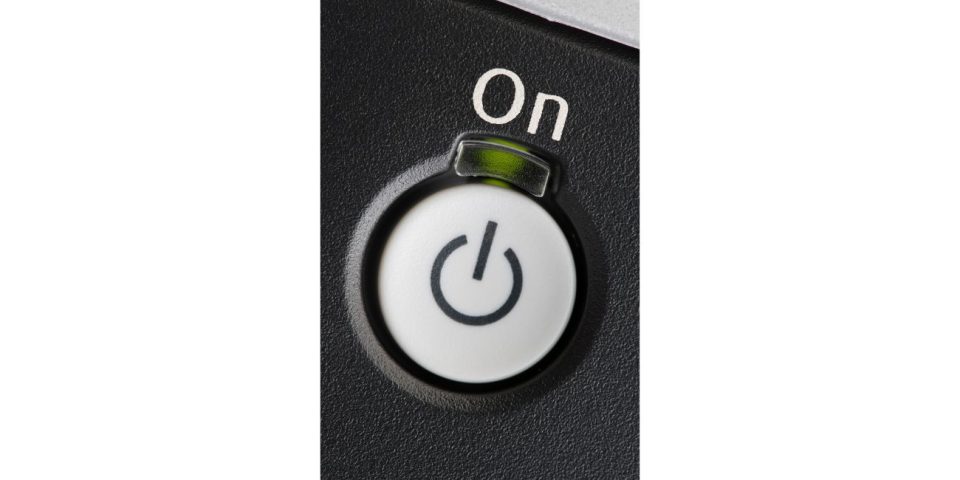You see them everywhere. On your computer. Your TV. Even your microwave. That small button with a line, a circle, or both. It’s the power button—but what do those strange symbols mean?
Let’s break it down so it all makes sense, whether you’re using a desktop computer, laptop, smart TV, or even a remote control.
What Does a Power Button Do?

A power button controls the flow of electricity to a device. When you press it, you’re telling the machine to turn on, off, or go into standby mode. It’s usually the first thing you interact with on any electronic device.
You’ll find it in many places:
- On the front of a desktop tower
- Along the side of a monitor or laptop
- On a TV remote or smart speaker
- Sometimes on the bottom or back of wireless devices
These buttons can be physical (pressable) or touch-sensitive, depending on the device.
What Do the On/Off Symbols Mean?
You’ve probably seen a button with a line (|), a circle (O), or both combined. These are international power symbols, and each has a specific meaning:
- | (Vertical Line): Power on
- O (Circle): Power off
- ⏻ (Line inside a circle)Power toggle (on/off) or standby
These icons are used in place of words so that anyone, anywhere in the world, can understand them, regardless of language.
Where Do These Symbols Come From?
The on/off icons come from binary code, which is the base language for computers.
- 1 means on
- 0 means off
The line symbol represents 1. The circle represents 0. These symbols were combined and simplified into what we now use on electronics around the world. In 1973, the International Electrotechnical Commission (IEC) created standard IEC 60417, which defines these icons for consistent use.
Combined Power Symbols You Might See

Devices often use different styles of power buttons depending on how they function. Here are some variations you might notice:
- ⏻ (Line inside circle): Power toggle (used for on/off or standby)
- | (Line only): Means the button will turn the device on
- O (Circle only): Indicates a full shut down or hard power off
- ⭘ or ⏾ (Broken circle or filled circle): Standby or sleep mode (often found on remotes)
These aren’t just visual designs—they tell you what to expect when you press the button.
Where You’ll Find These Icons in Real Life?
You’ll see these power symbols used on:
- Computers (desktops, laptops, monitors)
- Televisions and remote controls
- Gaming consoles (like PlayStation, Xbox)
- Printers, routers, projectors
- Smart home devices like smart plugs and lights
Some remote controls may only offer a standby button (⏻), which puts your TV into sleep mode rather than turning it fully off.
Are All Power Buttons the Same?
Not always. Here’s how they can differ:
- Physical Buttons: Press them down, and they click. These are found on most computers and older electronics.
- Touch Buttons: Light touch activates the command. Found on tablets, phones, and smart TVs.
- Side Switches or Sliders: On devices like Wi-Fi routers or desktop monitors, these act as a hard power cut.
- Software Power: Phones and tablets often use a long-press or menu to power off, not a button you see on screen.
Even if the function is the same—turning power on or off—the design and method can vary by brand or device type.
Final Notes
The power button and its icons might seem small, but they’re everywhere, and they make using technology easier for everyone. Thanks to universal design, you don’t have to guess what a button does. Whether you’re in the U.S., Japan, or Brazil, the same icon tells you what will happen next.
Understanding these symbols helps you feel more confident using electronics—and maybe next time, you’ll explain it to someone else, too.
Have questions about other symbols on your devices? Leave a comment or share this article with someone who’s ever asked, “What does that button do?”
